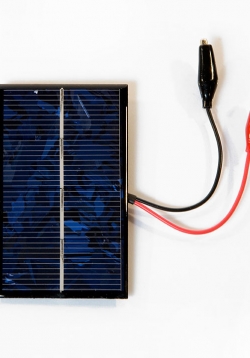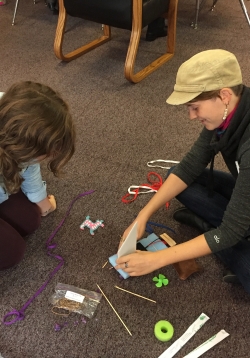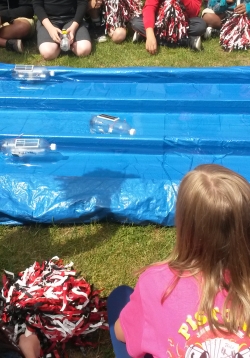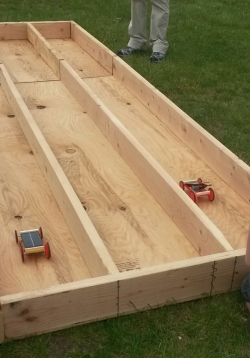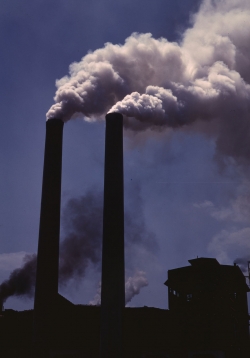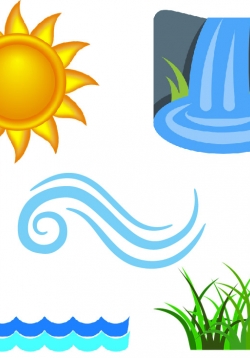How Do Solar Panels Work?
Students will learn the basics of how a solar cell generates electricity and observe the effects on a small electrical load attached to a solar module under a variety of conditions. They will build upon knowledge gained in previous lessons dealing with...
How to Measure Output of Solar Modules
Students will measure output from solar module before a load is attached and relate it to real world output. They will make these measurements using a multimeter and be able to determine the optimal angle at which their module generates a current flow....
Building Solar Boats
Students will follow step-by-step instructions to build their solar boats. They will troubleshoot as necessary by making sure electricity flows into the motor to make the vehicles move by propeller or gears. They will be using their planned investigations...
Collect Data and Compare Performance of Different Boat Designs
Students will race the solar speedboats, airboats, and surface submarines and then compare the performance results and of the various types of solar boats made by the class. Students will compare and contrast forces acting on the system by examining the...
Build Solar Cars
Students will build their solar vehicles. There are many options for them to do this, depending on the specific variables hoping to be tested following the construction and material-selection process. Students will be given the opportunity to try out...
Collect Data...Then Compare and Contrast
Students will race different iterations of solar cars: geared and pulley-system cars using varying gear ratios. Students will have the opportunity to make predictions, record data, and explain the results centered on the selection of these different...
Solar Ovens: Frontload Vocab. And Preview Standards
Vocabulary and standards will be reviewed throughout all of the lessons, but this day is dedicated to front loading the vocabulary and previewing the standards. Students will use their energy workbook to keep track of vocabulary from this point forward...
Non-renewable Energy/Global Warming/Pollution
NOTE: THIS LESSON RELIES ON EPA CLIMATE CHANGE RESOURCES THAT ARE NO LONGER AVAILABLE. STUDENTENERGY.ORG PROVIDES A POSSIBLE ALTERNATIVE RESOURCE.
This lesson will introduce the students to worldwide problems that we have with energy. (91% of the...
Renewable/Green Energy
In this lesson, students will be introduced to the different forms of renewable/green energy. They will learn about the photovoltaic cells installed in our school district, Beaverton Schools. However, any project on
Solar vs. Battery Circuits
In this lesson, students will explore and do small experiments with mini solar panels and circuit boards. The class will discuss the advantages and disadvantages of solar energy. Students will continue to work in their Solar Energy Student Notebooks to...

